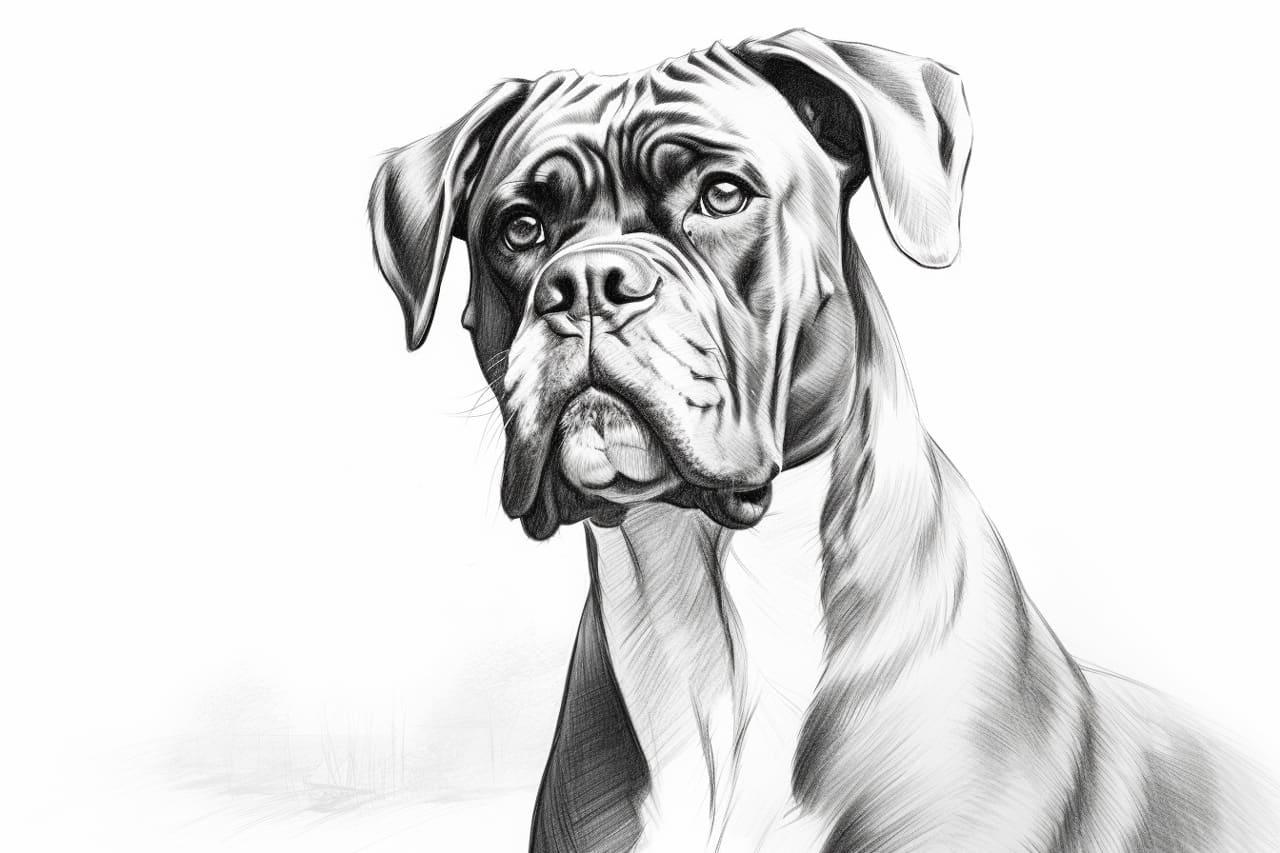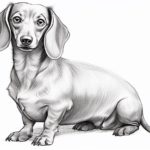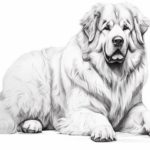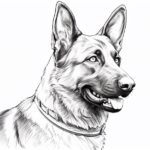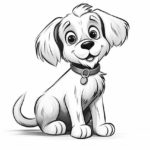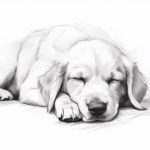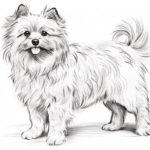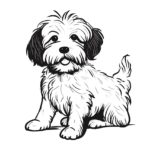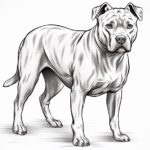Welcome to this step-by-step tutorial on how to draw a boxer dog. Whether you’re a beginner or an experienced artist, this guide will help you create a lifelike representation of this popular breed. Boxer dogs are known for their athleticism, strength, and friendly nature. So, let’s get started and bring this magnificent dog to life on paper!
Materials Required
Before we begin, make sure you have the following materials handy:
- Drawing paper or sketchbook
- Pencils (H and B grades)
- Eraser
- Pencil sharpener
- Fine-tipped pen or marker (optional, for outlining)
- Reference image of a boxer dog (printed or on a screen)
Now that you have everything you need, let’s move on to the step-by-step instructions.
Step 1: Outline the Basic Shapes
Start by lightly sketching the basic shapes that make up the boxer dog’s body. Begin with an oval shape for the head, followed by a larger oval shape for the chest. Connect the head and chest with a neck shape. Then, draw a long oval shape for the body and add a slightly curved line for the back. Finally, sketch two overlapping ovals for the hindquarters.
Step 2: Add Facial Features
Now, let’s focus on the boxer dog’s face. Within the oval shape for the head, draw two intersecting lines—one vertical and one horizontal—to create guidelines for the facial features. These lines will help you place the eyes, nose, and mouth accurately. Sketch two almond-shaped eyes along the horizontal line, leaving enough space between them. Add a small triangle shape for the nose just below the eyes. Then, draw a curved line for the mouth, starting from the bottom of the nose.
Step 3: Refine the Head and Face
Use the guidelines as a reference to refine the boxer dog’s head and face. Add more details to the eyes by drawing the iris and pupil within each eye shape. Darken the area around the eyes to create depth. Next, add details to the nose by drawing nostrils and shading the area around it. Pay attention to the shape of the muzzle and the mouth, making sure they look proportional and realistic.
Step 4: Outline the Ears and Neck
Moving on to the ears, draw two long, curved shapes on either side of the boxer dog’s head. Boxers have cropped ears, so make sure the tips of the ears are sharp and slightly pointed. From the back of the head, extend two curved lines to create the boxer dog’s muscular neck. Add some lines to indicate the folds and wrinkles on the neck.
Step 5: Sketch the Body and Legs
Using the basic shapes as a guide, start sketching the body of the boxer dog. Pay attention to the contours and musculature of the breed. Draw curved lines to define the front legs, making them look strong and well-built. Add more details to the paws by sketching the individual toes. Then, move on to the hindquarters, drawing curved lines to indicate the shape of the back legs and the bend of the knees. Don’t forget to add the paws and toes as well.
Step 6: Add the Tail and Tail End
Boxer dogs have a distinctive short and tapering tail. Sketch a short, curved line starting from the back of the hindquarters to indicate the tail. Then, draw the end of the tail, which is slightly curved inward.
Step 7: Refine the Outline
Now that you have the basic structure of the boxer dog, it’s time to refine the outline and add more details. Use a darker pencil or a fine-tipped pen/marker to carefully trace over the sketch, adding more definition and precision to the lines. Pay attention to the muscle definition, the shape of the head, and the folds of the skin.
Step 8: Add Fur Texture and Shadows
To give your drawing a more realistic and three-dimensional look, start adding the boxer dog’s fur texture. Use short, quick strokes with your pencil to create the appearance of short hair all over the body. Pay attention to the direction of the fur and vary the pressure to create depth. Additionally, add some shading to create shadows and volume, especially in areas where there are indentations or overlapping elements.
Step 9: Finalize the Details
In this last step, focus on adding the final details that will bring your boxer dog drawing to life. Pay attention to the facial features, adding highlights to the eyes and nose to make them appear shiny. Refine the shape of the ears and add some texture to them as well. Look for any areas that need more definition or shading and make the necessary adjustments.
Conclusion
Congratulations on completing your realistic boxer dog drawing! From the basic shapes to the final details, you’ve captured the essence of this wonderful breed on paper. Remember, practice makes perfect, so don’t be discouraged if your first attempt doesn’t turn out exactly as you’d hoped. The more you practice, the better you’ll get. Keep exploring different techniques and dog subjects to further develop your artistic skills. Enjoy the process and have fun creating your own masterpieces!

